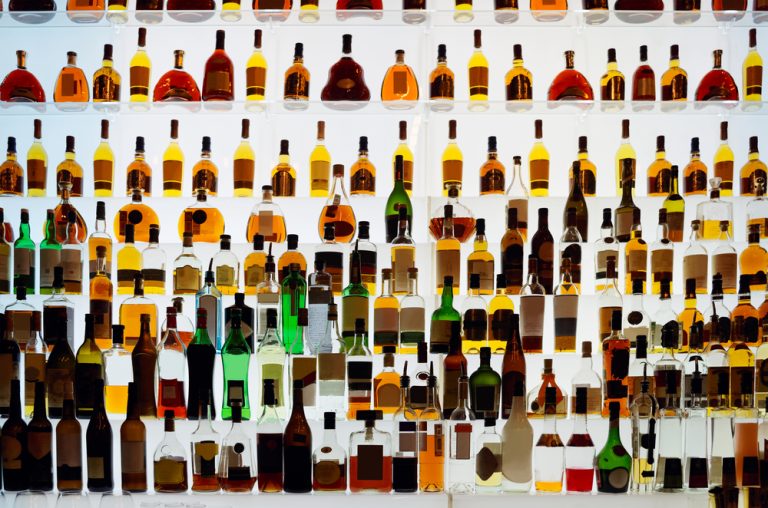Symptoms include a high heart rate and blood pressure, seizures, hallucinations, and trouble breathing. The drug disulfiram, which is used to treat alcoholism, has shown some promise for cocaine addiction. Scientists don’t know exactly how it works to reduce cocaine use. Along with the physical risks, cocaine use can affect your life in other ways. Although Provigil is not FDA-approved for treating cocaine use, doctors found that Provigil can help some peoplewho struggle with cocaine.
- It should not be used in place of the advice of your physician or other qualified healthcare providers.
- The evaluation consists of 11 yes or no questions that are intended to be used as an informational tool to assess the severity and probability of a substance use disorder.
- Some of the most apparent changes seen in those using cocaine are behavioral and mood changes.
- Participants completed a urine drug test using CLIA Waived, Inc. 14 Panel Instant Drug Test Cup, which screened for several drugs, including cocaine, cannabis, amphetamines, opiates, and benzodiazepines.
- In the early 1900s, cocaine was a common ingredient in herbal remedies for all sorts of illnesses.
Lowering the risks
- More recently, optogenetic and chemogenetic stimulation of dopaminergic VTA neurons was found to strongly promote arousal (Eban-Rothschild et al., 2016; Oishi et al., 2017).
- But people are drawn to cocaine without realizing how addicting it is.
- Testing was completed in a research laboratory at the University of Kentucky in Lexington, KY, and each test outcome was verified by two separate research staff.
Sessions with a trained therapist can help you make changes to your behaviors and thought processes. You may need to stay in a rehabilitation center (also known as rehab) for intensive therapy and support. If you do attend rehab, continuing treatment afterward (aftercare) is important to help you avoid relapse. Cravings and side effects like sleep problems may make you feel like there is no hope. If you or a loved one struggles with cocaine, contact a representative today to learn more about treatment plans that can work well for you. We’re here to help you begin the journey toward a healthier, happier, cocaine-free life.
Author Says Hitler Was ‘Blitzed’ On Cocaine And Opiates During The War – NPR
Author Says Hitler Was ‘Blitzed’ On Cocaine And Opiates During The War.
Posted: Tue, 07 Mar 2017 08:00:00 GMT [source]
Therapeutics targeting sleep disturbance and their reward outcomes:
Thus, treatment of sleep disturbance, including with dopaminergic, orexinergic, or adenosinergic modulators, may be expected to have potential for reducing the risks of relapse, a highly valued clinical outcome for the patient with cocaine use disorder. A main limitation for interpreting the body of work investigating changes in sleep following cocaine use/withdrawal/abstinence is the wide variability in experimental designs used across experiments. While results in human subjects have an advantage in relevancy to the human condition, there are myriad challenges in designing experiments due to the variability in cocaine use patterns, polydrug issues, and genetic variability. Additionally, long term objective sleep measurements are expensive to conduct and difficult to control in humans. Excluding early development, primates are largely diurnal, while rodents are typically nocturnal dominant and polyphasic.
Cocaine addiction and sleep apnoea
In early tests, a vaccine helped reduce the risk of relapse in people who use cocaine. The vaccine activates your immune system to create antibodies that attach to cocaine and stop it from making its way into your brain. But we need much more research into whether the vaccine is safe and effective over the long term. Drug use disorder, or addiction, is a complicated disease that involves changes to your brain structure.
Specifically, cocaine use is linked to insomnia and a reduced need for sleep. Cocaine substance use disorder is a severe condition that can be difficult to overcome without help. Many effective treatment options are available, including detox, inpatient therapy, outpatient therapy, and counseling. how long does cocaine stay in your system With so many treatment options available, it can be overwhelming to figure out which is right for you. Lack of sleep can increase the risk of obesity, heart disease, stroke, and high blood pressure. It can also weaken the immune system, making you more susceptible to illness.
- Stages 3 and 4 of non-rapid eye movement (NREM) sleep are crucial.
- However, there are strategies to manage withdrawal dreams, such as seeking professional help, establishing a regular sleep schedule, and practising relaxation techniques.
- According to the National Institute on Drug Abuse, there are over 1.5 million people in the United States who currently use cocaine.
- Most cocaine users either don’t dream, dream rarely, or have very vague memories of their dreams.
- It is very important that anyone whose sleep patterns have been affected by cocaine use gets the treatment that they need.
Use of cocaine is less common in the U.S. than misuse of prescription painkillers (reported by 2.4 million people in the 2021 survey), or use of hallucinogenic drugs (2.2 million). When you heat the rock crystal and breathe the smoke into your lungs, you get a high that’s almost as fast and strong as when you inject it. To make cocaine, the leaves are chemically processed and treated to form a powder.
Not only does cocaine affect the reward centers of the brain, but it can reduce a person’s ability to recognize their need for sleep. This, in turn, can lead to the development of a sleep disorder called insomnia, which may affect a person’s amount of sleep and https://ecosoberhouse.com/ sleep quality as well as other sleep-related issues. Participants completed a urine drug test using CLIA Waived, Inc. 14 Panel Instant Drug Test Cup, which screened for several drugs, including cocaine, cannabis, amphetamines, opiates, and benzodiazepines.





